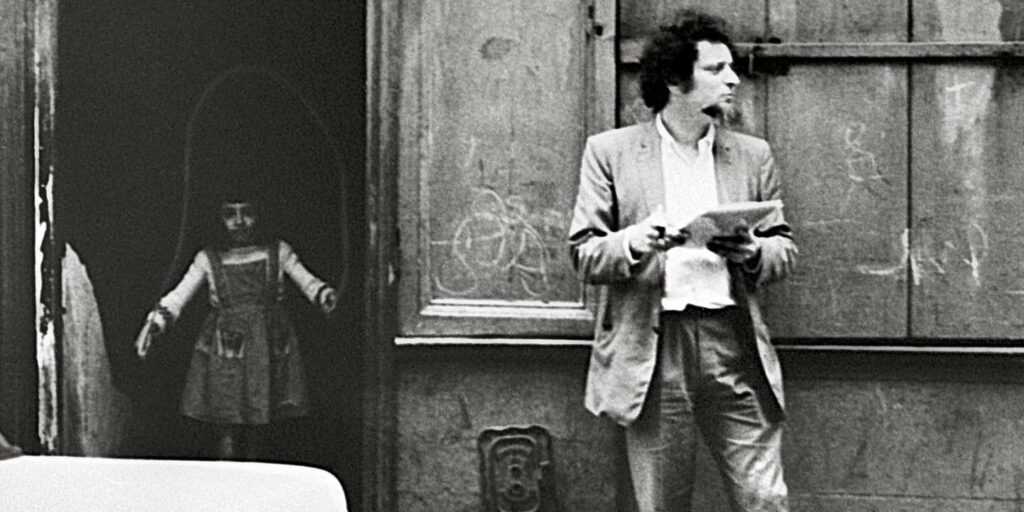When Blaise Pascal died in 1662, his family and friends were very embarrassed. The mathematician philosopher left a mass of small papers on which he noted various thoughts, in the perspective of a large book. But what to do with these fragments without any order, any sequence, quickly copied and pasted pell-mell into an album? Three and a half centuries later, “we were faced with the same situation, the same questions, the same doubts”, says Jean-Luc Joly, the academic specialist in Georges Perec responsible, with a few others, for editing Premises. Questions so complex that it took forty years to lead to a publication.
In 1982, on the death of the author of the Things (Julliard, 1965), one hundred and thirty-three envelopes sealed with wax were found in his office, rue Linné, in Paris. These are the remains of Premises, this vast project which was to extend over twelve years (1969-1980), but which Perec dropped along the way. In each envelope, handwritten or typed texts, sometimes photos, prospectuses, letters. In 1969, the writer had chosen twelve places in the capital, and decided to devote to each two texts a year for twelve years, one written on the spot, the other from memory, following a rotation determined by a mathematical figure, an orthogonal Latin bi-square of order 12. After twelve years, the writer hoped to hold in his hands two hundred and eighty-eight envelopes and read « the trace of a triple aging: that of the places themselves, that of my memories, and that of my writing ».
Constraint turns into a straitjacket
Less than half of the planned texts have been written. At the beginning, Perec respected his protocol, visited his twelve places each year and made himself the scribe of their evolution: Belleville delivered to the bulldozers, his native street which disappeared… He also took advantage of the fact that nothing would be published immediately to note sometimes very private memories. After three years, however, the constraint turns into a straitjacket. Perec accumulates delays. Stops for almost two years. Resumes. Botches some descriptions. At the end of 1975, he gave up, then opened some envelopes and published in magazines a few series of descriptions already written.
Georges Perec disappeared, what to draw from all this? First to inventory the office in rue Linné, his ex-wife left the still sealed envelopes intact. A few years later, Ela Bienenfeld, the cousin that Perec considered a sister, decides to open everything up, with the help of the academic Philippe Lejeune, a specialist in intimate writings. In Memory and Oblique. Georges Perec autobiographer (POL, 1991), the latter gives a first glimpse of the contents of the envelopes, and wonders: « Will we ever be able to publish Premises ? » How to make appear under the name of Perec « this unfinished heap » to which « We will inevitably have to impose a form and an order that will not be those he would have chosen » ? And what right did he have to reveal words that Perec had only written because he was sure he was in control of their eventual disclosure? Over the following decades, the mysterious envelopes of which only fragments are accessible acquire a mythical dimension. Perec fans are getting impatient. Rights holders are hesitant. Until the day when Ela Bienenfeld gives her agreement in principle to a publication of this project.
You have 25.95% of this article left to read. The following is for subscribers only.

